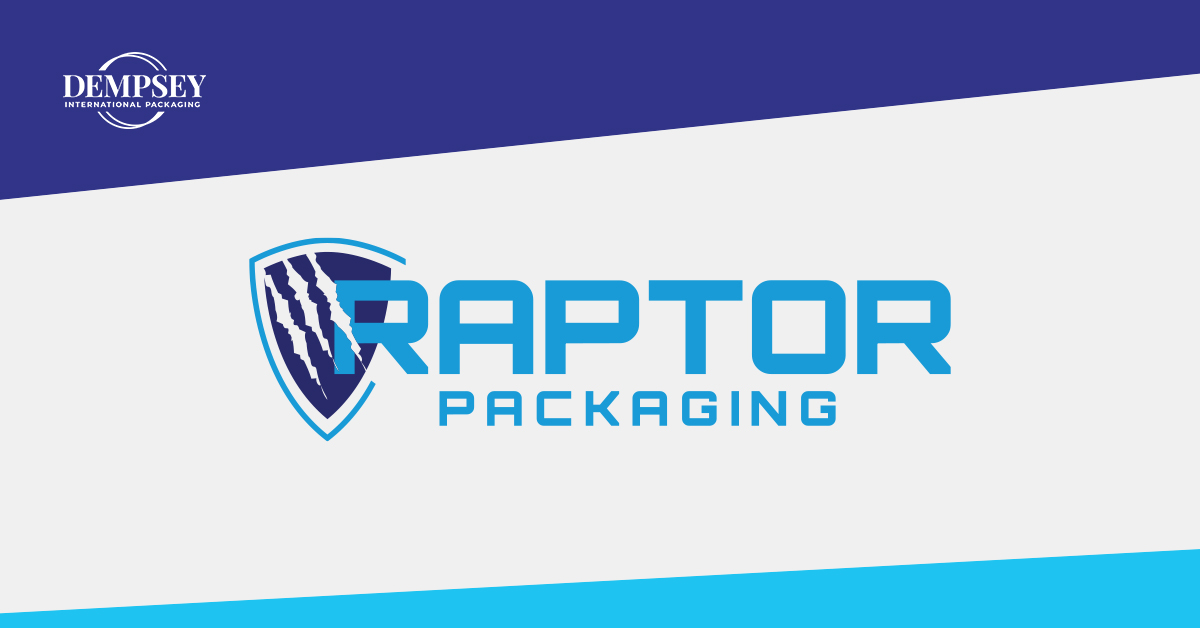The trans-pacific trade (TPEB) market, especially Asia to the United States is in a state of complete chaos. As we start the year, not much has changed, and unfortunately the market has taken a turn for the worst. A few key points:
- Imports to the USA are up nearly 30% from last year this time.
- Ports are congested beyond belief. As an example, Los Angeles/Long Beach Ports have been trying to clear out 15+ ships docked outside for the past month. Holiday breaks in the US have added more ripples to this complicated situation.
- Congestion at the ports mean that the majority of truckers are turning down delivery orders to try to keep up with the sheer volume of containers. Appointments for pick up are extremely difficult to secure and match up correctly with the pace of discharge from the ports and longshoremen.
- January is nearly fully booked as importers are rushing goods before Chinese New Year. It seems like many factories in China will be taking an extended break (I’ve heard some factories are starting their break as early as February 1st through the end of February).
- Equipment and space unavailability is extreme. Expect delays for bookings without premium services from the carriers.
- Due to the lack of equipment and space, carriers have turned to premium services as what seems to be not only a revenue generator, but also a product of the market.
- Premium bookings range from $2,000 to $3,000 depending on the carrier and lane.
If you have urgent cargo that needs to move or has deadlines, I highly recommend using premium services at this time or you will experience delays, without a doubt. The best solution to battle market turmoil: premium service. There is no other way to put this. Premium service is key and critical.
Without enlisting premium services expect the following:
- Your booking may or may not be released.
- If your booking was to be released, expect uncertainty from your forwarder if space or equipment can be secured.
- If equipment is secured but not released, expect possible rejection from the carrier at the last minute; they are either unable to accommodate your freight or unable to release the container to your shipper (chances are they gave it away to someone paying premium).
- If you are able to secure a container, you will be facing a high probability of being rolled to the next sailing schedule.
While China’s equipment and space situation has been a priority for the majority of the carriers, it is still very dire. South East Asian countries, such as Malaysia, Vietnam, and Thailand have been hit equally as hard, if not harder. With the majority of empty containers being returned to China, omitting the South East Asian countries, the capacity of South East Asia has effectively been slashed by at least half.
Because of the high demand, rates have increased drastically. Increases were about $1,000 in China lanes, and more for South East Asia. Over the last six year span, never have I seen rates this high, even during the Longshoreman strike or Hanjin bankruptcy.
To conclude, I’ve asked myself many times, is the end in sight? The optimist in me says yes, but looking at the facts, it does not look like we will have a recovery until at least the end of Q1 with a high chance of this continuing through Q2.
If you were to have any questions for me, please let me know. I would be more than happy to discuss specific situations, and provide solutions to said situations, as everyone is in a unique position. Please feel free to email me and we can have a quick chat: bgong.den@oecgroup.com.
Authored by: Brian Gong, Dempsey International Strategic Supply Partner, Senior Logistics Consultant at OEC Group Denver
Founded in 1981, OEC Group has a vision to provide comprehensive logistics services to clients. Today OEC Group serves destinations throughout the world and has grown into one of the leading logistics providers from Asia to North America, with offices in over fifty countries.




